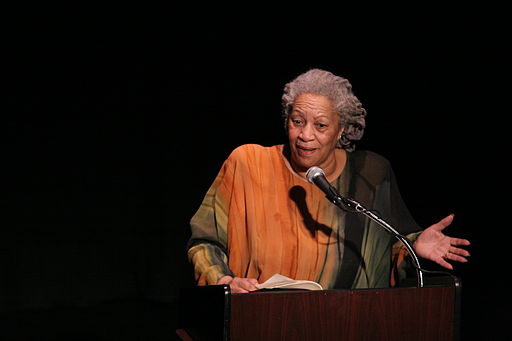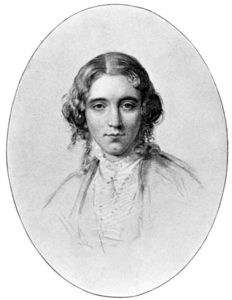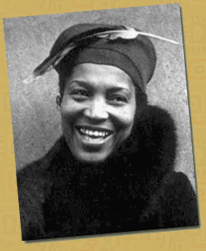
originally posted to Flickr as Toni Morrison by Axel Boldt
I couldn’t help reacting to the breaking news that Toni Morrison, one of the most acclaimed authors of our times, has passed. She was 88 years old. Among her many honors, Ms. Morrison will be remembered as winner of the Pulitzer prize, the Nobel prize, the Légion d’Honneur and a Presidential Medal of Freedom presented to her in 2012 by Barack Obama.
I was first introduced to Toni Morrison’s work when I selected the 1981 novel Tar Baby for a college English assignment. At the time I’d only heard of Ms. Morrison and was curious to see what made her stand out as one of the literary geniuses of our time.
Tar Baby, with its vivid portrayal of the love/hate relationship between Jadine Childs, a black fashion model and the enigmatic black fugitive, Son, drew me in from the first line (like a tar baby) and held me right down to the last. From then I was hooked by Ms. Morrison’s writing and went on to devour all her works.
Toni Morrison
However, much as I admire her work, I must admit that some of her writing is anything but clear. Some years ago, I wrote about Toni Morrison on this blog:
What I love about Ms. Morrison’s writing is her inimitable way of animating her descriptions, such that the settings become characters in themselves. Some of her narrative can be very complex and multi-layered, not to mention some of the subject matter which can be very gothic, making them difficult to digest, but once you have got it, you savor each bite down to the last morsel. African American literature, and history, owes a great debt to this extraordinary woman.








